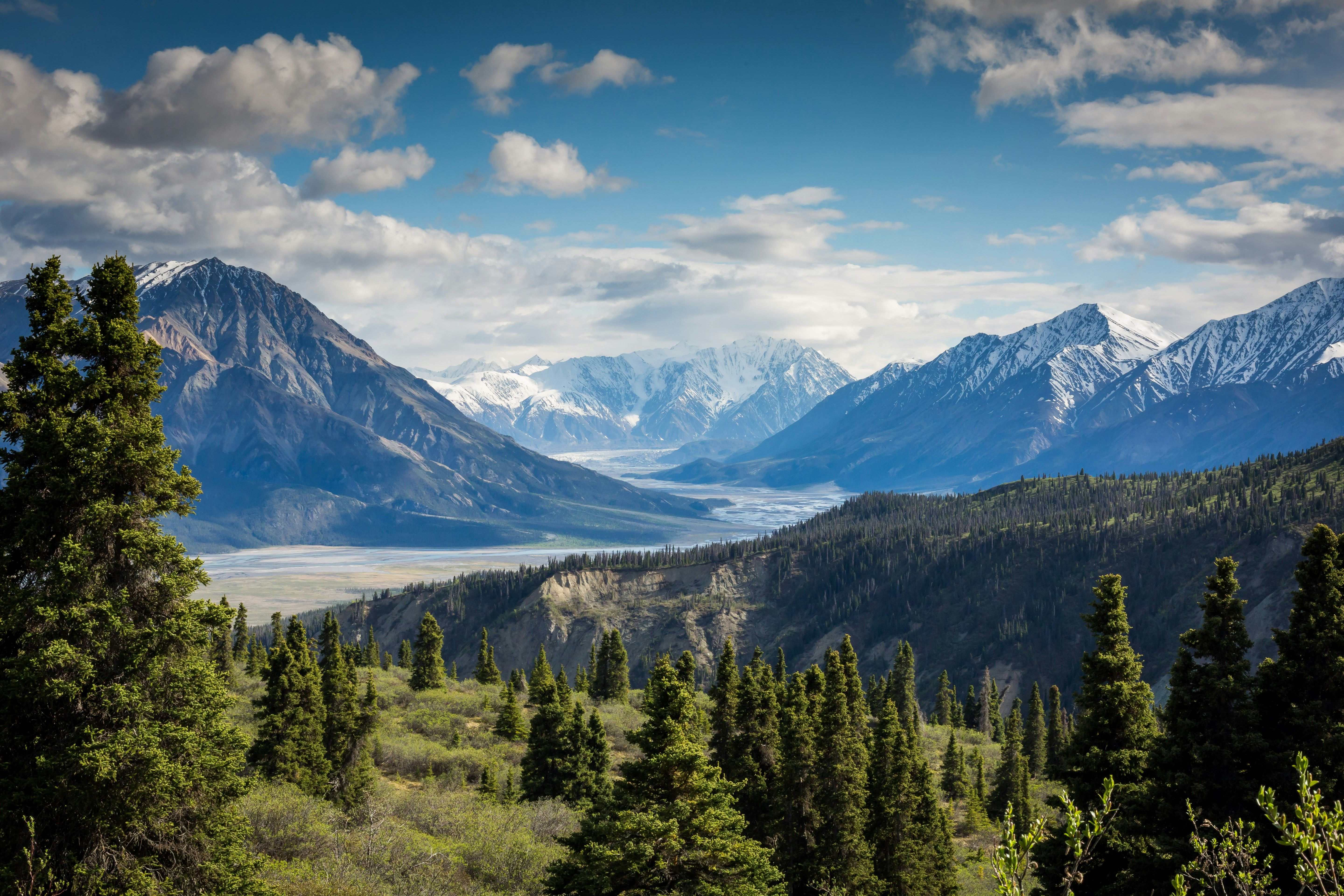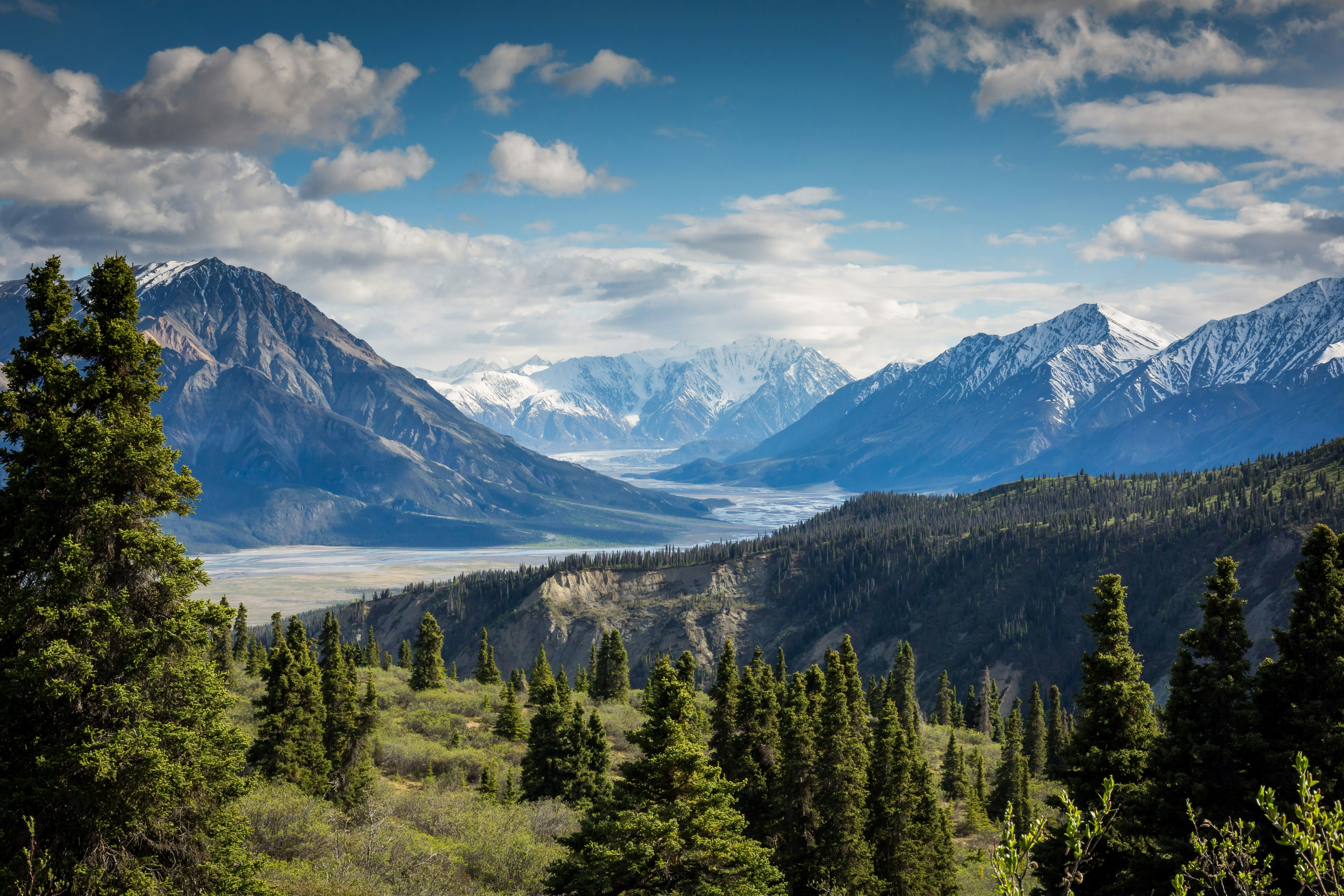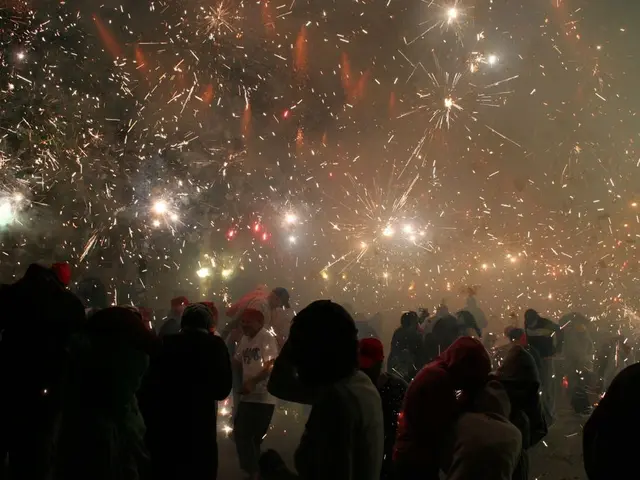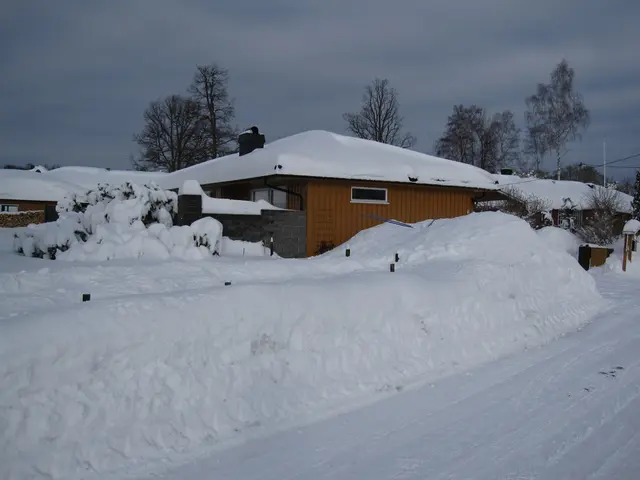Intense firing between India and Pakistan prompts fears of renewed war reminiscent of prior clashes
Every night, 50-year-old Bashir Dar is reminded of the horror that tore through his life - the last time the Indian-Pakistani border clash erupted in disputed Kashmir, his wife was killed by a mortar shell.
"A shell landed beside my wife, and boom! She was dead," Dar recalls, gazing at a portrait of his late spouse. He resides in Balkote, a mountain village just a stone's throw from Pakistani-controlled territory.
Each evening, the gruesome memory echoes in his mind, as he huddles with his four children in a single room, listening to the distant sounds of gunfire from the border.
Tensions between the two neighbors have hit an all-time low after India accused Pakistan of backing the deadliest attack against civilians in Indian-administered Kashmir in years - an ambush that left 26 men, chiefly Hindus, dead. Islamabad vehemently denies these allegations.
Indian authorities have released wanted posters for three suspects - two Pakistanis and an Indian, claimed members of the Pakistan-based Lashkar-e-Taiba group, a UN-designated terrorist organization.
Recent skirmishes have kept the military on high alert. On one Sunday, the Indian army revealed that troops had exchanged gunfire with Pakistani soldiers across the Line of Control in multiple locations, an occurrence that's taken place every night since April 24.
The army asserts that "unprovoked small arms fire" from Pakistan prompted their response. Pakistan, however - whose military claimed a training launch of a missile weapons system the day prior - denies these allegations and counters with accusations of Indian ceasefire violations.
Muslim-majority Kashmir, claimed in full by both countries, has been divided since the independence from British rule in 1947. Rebel groups battling Indian rule have waged an insurgency since 1989, inflicting tens of thousands of casualties.
At the dawn of a new conflict, government employee Mansoor Ahmed, 38, prepared his underground shelter - a bunker he had constructed at a cost of roughly $2,300.
"For the first time since 2021, I cleaned and stocked the bunker," stated Ahmed, referring to the year India and Pakistan agreed to a renewed border ceasefire.
Many homes without bunkers have already been deserted in favor of safer locations like Baramulla, further from the dividing line.
"Several families in my neighborhood fled their homes for safety," said truck driver Mohammad Ibrahim, who chose to stay with his family.
In the villages of Churunda and Tilawari, residents express their worries. Officers have surveyed a few community bunkers, advising locals to check their conditions.
Residents voice concerns about the effectiveness of these crude shelters considering the deteriorating situation. Churunda, with some 120 families, boasts only six bunkers, capable of accommodating a maximum of 15 people each.
"The bunkers are far from satisfactory," explained a local villager, fearful to be identified. "They lack essential facilities. Fill them with water, and they become flooded."
The community bunkers' fate is far from reassuring, as tension persists and the risk of escalation looms large. International pleas for peace seem to fall on deaf ears.
"We live in constant fear," confided a young woman in Tilawari. "We yearn for peace. We want our children to learn peacefully, and live our lives with confidence."
© 2025 AFP
- Dar, a widower from Balkote, continually recalls the horrific memories of the war-and-conflicts in Kashmir, where his wife was killed by a mortar shell.
- The recent Indian-Pakistani border clashes have led to heightened tensions, with each country accusing the other of backing certain incidents - such as the deadliest attack against civilians in Indian-administered Kashmir in years.
- In the general-news, accusations and denials continue to fly, with wanted posters released for three suspects, including members of the Pakistan-based Lashkar-e-Taiba group.
- Amidst the continuing skirmishes, eligible residents have started seeking safer locations, like Baramulla,, abandoning their homes due to the danger posed by car-accidents and crime-and-justice that often accompany the ongoing conflicts.
- As a precautionary measure, many residents have built or equipped underground shelters, called bunkers, to provide safety during times of unrest.
- However, these crude, makeshift shelters, like the ones found in Churunda and Tilawari, have raised concerns regarding their effectiveness in protecting people during the escalating conflicts, leaving residents in a state of unease and longing for peace.










